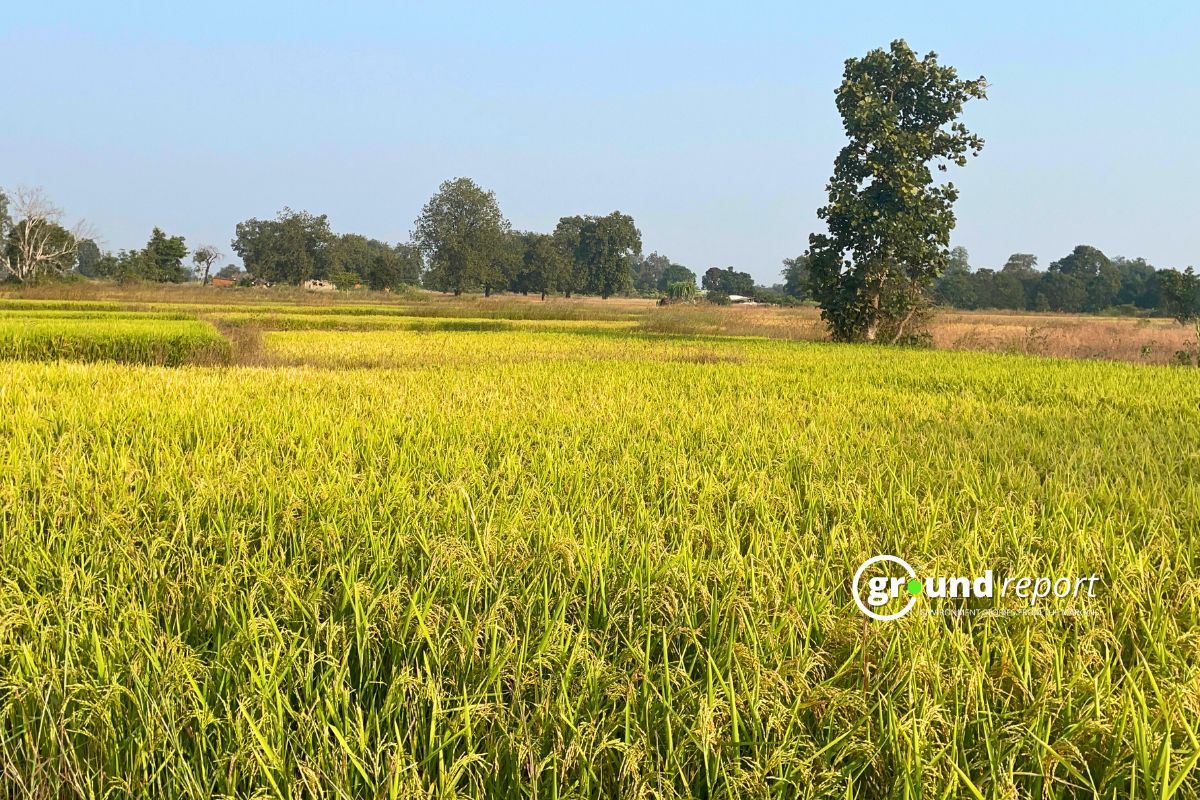In India, the quantum of quantitative harvest and post-harvest losses in crops were observed to be in the range of 3.89% to 5.92% (cereals), 5.65% to 6.74% (pulses), 2.87% to 7.51% (oil seeds), 6.02% to 15.05% (fruits) and 4.87% to 11.61% (vegetables) as per the study commissioned by Ministry of Food Processing Industries and carried out by NABARD Consultancy Services (NABCONS) published in 2022.
In Lok Sabha, Mr Ramnath Thakur, Minister of State for Agriculture and Farmers Welfare shared this information along with the government schemes focusing on cold storage.
Post-harvest losses
India is a major exporter, accounting for 40% of the world’s rice trade, and it has had a remarkable increase in food grain output, rising from 74.23 million metric tonnes (MMT) in 1966–1967 to 330.5 MMT in 2022–2023. Additionally, India’s horticultural output increased from 96.6 MMT in 1991–1992 to 355.25 MMT in 2022–2023.
The difficulty of minimising post-harvest losses (PHL) in the face of limited mechanisation and inadequate logistics from storage to transportation to retail outlets arises with increased output of grains, fruits, and vegetables (F&V). The NABCONS study from 2022 estimates that the country still suffers an astounding loss of Rs. 1.53 trillion (USD 18.5 billion) annually from 2020 to 2022 due to the PHL of crops and agro-allied produce.
Dr Sandeep Sharma, an Agriculture expert based in Bhopal believes it is due to an absence of a skilled workforce and supply chain that causes major damage to the perishable goods.
“India loses around 5-10% of perishable food in transportation only. We need to work to decrease the handling losses with a strong cold supply-chain system,” he told Ground Report.
Higher PHL in oilseeds, pulses, and grains is a sign of less farm mechanisation and inadequate transportation and storage facilities in India. The percentage of cereals lost in China is 2.22 per cent, whereas the percentage in India is 4.44 per cent. Therefore, in the case of oilseeds, pulses, and cereals, PHL must be addressed immediately.
“Moisture and humidity in absence of cold storages are also causing damage to the output with rodents during storages,” Sharma added.

Government Schemes
Under the Mission for Integrated Development of Horticulture (MIDH), which is being carried out by the Department of Agriculture & Farmers Welfare, financial assistance is given for a variety of horticultural activities, such as building, expanding, or modernizing cold storage facilities with a capacity of up to 5000 MT nationwide, based on the Annual Action Plans (AAPs) that the States and UTs submit.
As one of the components of the Pradhan Mantri Kisan Sampada Yojana (PMKSY), the Ministry of Food Processing Industries (MoFPI) implements the Scheme for Integrated Cold Chain, Food Processing and Preservation Infrastructure intending to reduce postharvest losses of horticulture and non-horticulture produce and pay farmers a fair price for their produce.
Besides, the National Horticulture Board (NHB) is implementing a scheme namely “Capital Investment Subsidy for Construction/Expansion /Modernization of Cold Storages and Storages for Horticulture Products”.
However, the aforementioned schemes are driven by demand and/or entrepreneurs through business endeavours for which funding is granted by the government following suggestions made by the states or entrepreneurs.
Cold Storage
A total of 1104 cold storage facilities with a 48.34 lakh MT capacity have been established under MIDH between 2014 and 2019. PMKSY funded the construction of about 208 cold chain and value-added infrastructure facilities totalling 5.3 lakh tons. The quantity of cold storage in India is still insufficient in comparison to the need, notwithstanding the expansion.
Additionally, the majority of cold storage is dedicated to storing a single product, with over 33% located in Uttar Pradesh. At the moment, the private sector owns 95% of cold storage facilities, cooperatives hold 3%, and public sector initiatives own the remaining 2%.
“We definitely need more cold storages, but with growing production, we also need advanced technical equipment in harvesting and processing stages to prevent the losses,” Sharma told Ground Report.
Follow Ground Report on X, Instagram and Facebook for environmental and underreported stories from the margins. Give us feedback on our email id greport2018@gmail.com.
Don’t forget to Subscribe to our weekly newsletter, Join our community on WhatsApp, Follow our Youtube Channel for video stories.
Check out Climate Glossary to learn about important environmental terms in simple language.
Keep Reading
Pesticides and agriculture threaten Sarus Cranes at Indore’s Yashwant Sagar wetland
Government’s claim to promote organic farming in MP- fact or fiction?
Low price, bad wheat procurement process angers farmers in Bhopal







